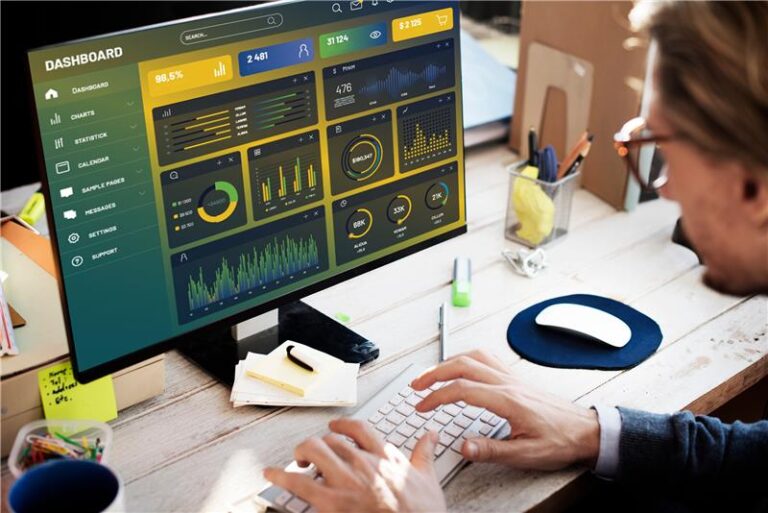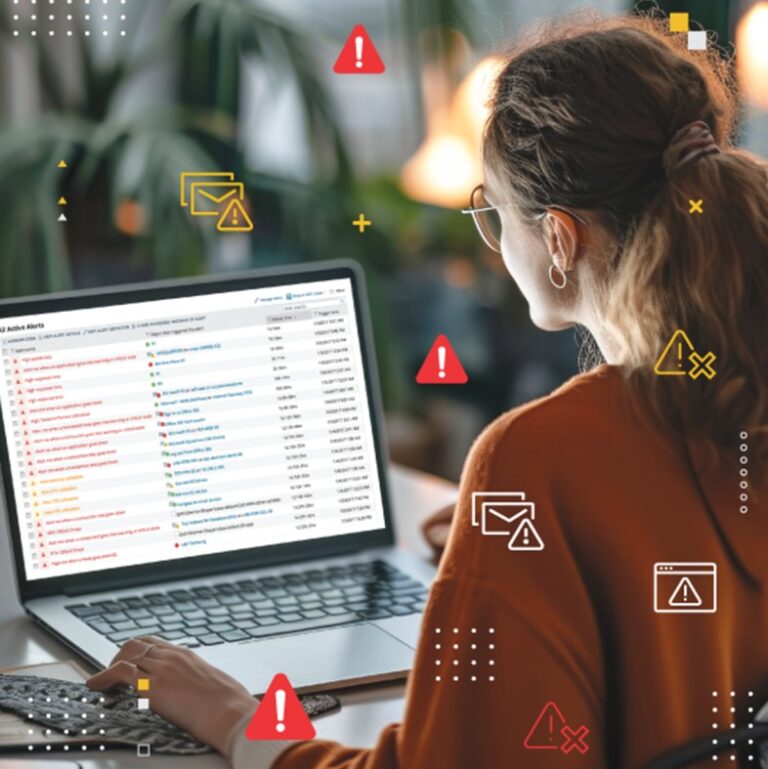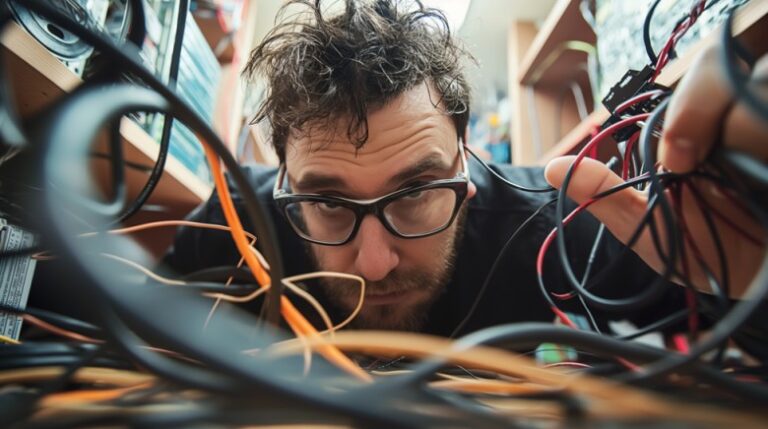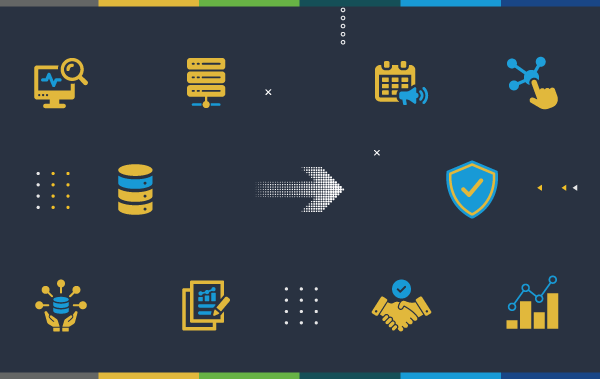With the ever-present threat of a cyber attack, it’s important to maintain proper cybersecurity. Company networks are a common point of cyber attacks.
Network security breaches primarily come from attacks from outside the network attempting to get in: hacking, phishing attacks, etc. But, according to the “2018 Data Breach Investigations” by Verison, network vulnerabilities can also come from within the network: human error, unregulated access to data, rouge employees, etc.
Our Loop1 Engineer Katie Boldizar discusses the importance of establishing network security protocols to ensure consistent security throughout all aspects of a network.
Katie has over 10 years experience working in IT infrastructure, installation, configuration, and security. Prior to her career in IT, she served as a Multiple Launch Rocket System repairer (94P) in the U.S. Army.
Q: What are the three most common issues you see in keeping a network secure?

A: Unknown assets on the network will always be one of the biggest issues. Without a complete inventory of what devices are using the network, you will never know the full extent of what needs to be secured.
Out-of-date systems are another issue. Having a firm patching plan and maintenance schedule in place are paramount to maintaining network security.
Proper security awareness training. With all of the security risks that exist, we can’t assume that all users on a network know what to watch out for: phishing attacks, ransomware, spam, etc. You can have every possible network security measure in place, but it won’t be helpful if your end users are not trained on common security awareness principles.
Q: What are the most common threats to network security?
A: Phishing Attacks – attacker pretends to be a part of an organization in order to trick people into sending login information and other private information
Viruses – a piece of code that replicates within a computer system and corrupts and/or destroys data
Ransomware – attacker seizes control of a computer system and denies access until a ransom is paid.
Q: Where do you feel networks are most vulnerable, why?
A: One area that can be overlooked is attacks from inside a network—even accidental attacks. For example, not having a policy about the use of USB flash drives.
USB flash drives are one of the most common ways a network can get infected. If your network policies allow the use of personal USB flash drives, you are also opening your network to the risks of what files are on them.
I’ve seen many network security policies that now disable the use of personal USB flash drives.
Q:What extra precautions could people take in order to maintain network security?
A: There are countless security measures to protect a network, but the most important thing being implemented now is a proper Security Information and Event Management (SIEM) solution. SIEM systems provide a real-time analysis of security alerts.
Q: What are the most common SolarWinds software you’ve seen implemented to keep a network secure?
A: There are several SolarWinds tools, but I would say the most common are NCM (Network Configuration Manager) and SEM (Security Event Manager).
NCM offers the capability to create compliance reports and policies to help you maintain network devices.
SEM is a SIEM tool for monitoring real-time network security and helps to detect suspicious activity, enhance security, and demonstrate compliance with audit proven reporting from HIPAA, PCI DSS, SOX, DIS STIG, and more.

Q: How have IoT devices (smartphones, smart TVs, Wi-Fi enabled devices) impacted network security?
A: Everything from smartphones to smartwatches are assigned an IP address, which allows IoT devices to exchange data and communicate with other devices. This also means that IoT devices can in turn be hacked or intercepted.
As the number of IoT devices increases, the attack surface also gets bigger and creates more opportunities for exploits by cyber criminals.
The more technology we use in our lives, the more vulnerable we make ourselves.
Attempts to access a network can from outside the network but also can come from within. Keeping data safe and secure on a network is growing more complex as more and more devices and a larger variety of devices have internet connectivity.
Network security is no easy task but implementing regularly scheduled updates and training employees on security awareness/best practices are a good foundation to building and maintaining a secure network.
By: Katie Boldizar
Loop1 Technical Account Manager
Network+, Security+, SCP










